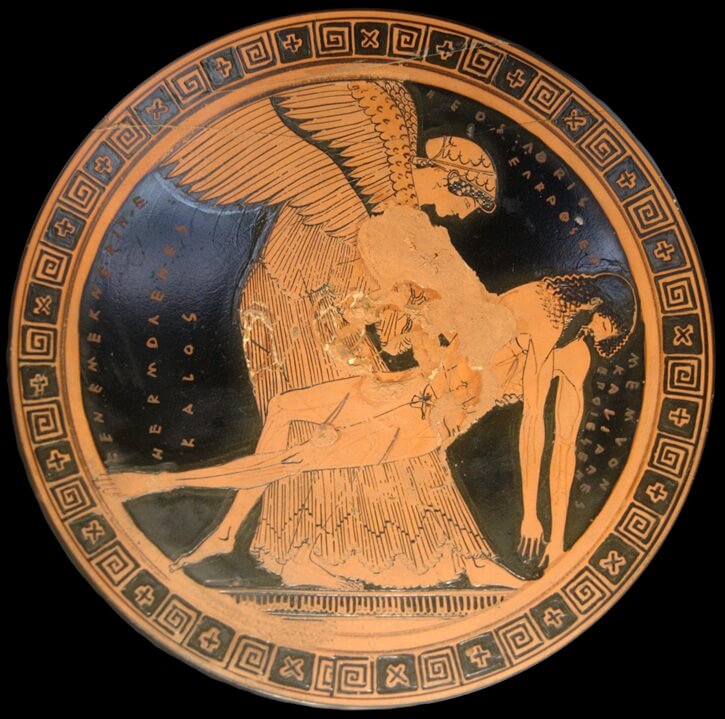Situated at the intersection of three continents, the Mediterranean Sea supported a plethora of powerful ancient civilizations. These include the Aegean civilizations, such as the Greeks and their Bronze Age predecessors, the Minoans and Mycenaeans, as well the civilizations of the Italian peninsula, namely the Etruscans and Romans. The rich and complex material remains of these societies are the subjects of study for scholars of Mediterranean art and archaeology.

Mediterranean archaeology is more than mere excavation—it is a multidisciplinary endeavor, as the interpretation of the archaeological record necessitates an understanding of archaeological field methods, anthropological theory, ancient history, art and architectural history, and classical languages and literature. Furthermore, various specialists are also invited to collaborate on archaeological projects, and some of these specialists include architects, human osteologists, zooarchaeologists, paleobotanists, pottery experts, illustrators, and conservators, as well as individuals proficient in biomolecular analysis, ground penetrating radar, and GIS. Classics faculty at the University of Pittsburgh have participated in archaeological excavations in Italy, Greece, Turkey, and the United Kingdom, and are eager to match prospective students with archaeological fields schools that suit each student’s unique interests and career goals.

Related Faculty
- Carrie L. Sulosky Weaver
- Grace Funsten
- Jacques A. Bromberg
- John Newell
- Joshua Cannon
- Lisa Haney
- Maggie Beeler
- Sarah Brucia Breitenfeld
- Thomas Morton
Publications
- Marginalised Populations in the Ancient Greek World: The Bioarchaeology of the Other
- An Overview of the Offering Trays and Soul Houses in the Penn Museum
- A New Look at the Stela of Ameny (Cairo CG 20691) and the Possible Coregency of Senwosret III and Amenemhet III
- Visualizing Coregency: An Exploration of the Link Between Royal Image and Co-Rule During the Reign of Senwosret III and Amenemhet III
- Semi-automated detection of looting in Afghanistan using multispectral imagery and principal component analysis
- When the Giant Falls: Endurance and Adaptation at Çadır Höyük in the Context of the Hittite Empire and Its Collapse
- Gender roles and non-binary representation in Ptolemaic and Roman Egypt
- Global Classics
- To Include or Exclude? Marginalization of the Deformed in the Classical Greek World
- Pars Pro Toto and Personhood in Roman Cremation Ritual: New Bioarchaeological Evidence for the Rite of Os Resectum
- Greater in Death: The Transformative Effect of Convivial Iconography on Roman Cineraria
- The Ancient Art of Transformation: Case Studies from Mediterranean Contexts
- An Analysis of Byzantine Burials from Hacımusalar Höyük (Turkey).
- Not just for the birds: augury and archaic attic vase paintings
- A universal display? Investigating the role of Panathenaic amphorae in the British Museum
- It's All in the Bones: What Human Remains Reveal about Life in the Ancient Greek World
- Student Presentations from Sicily in 360°
- Il banchetto funerario nella Sicilia della prima eta bizantina: nuove attestazioni da Kaukana
- Probable Atretic Cephalocele in an Adult Female from Punta Secca (Sicily, Italy)
- Near Death Experiences: Greek Art and Archaeology Beyond the Grave
- The Bioarchaeology of Classical Kamarina: Life and Death in Greek Sicily
- Walking Dead and Vengeful Spirits
- Invoking and Suppressing the Dead
- Encounters with Death: Was there Dark Tourism in Classical Greece?
